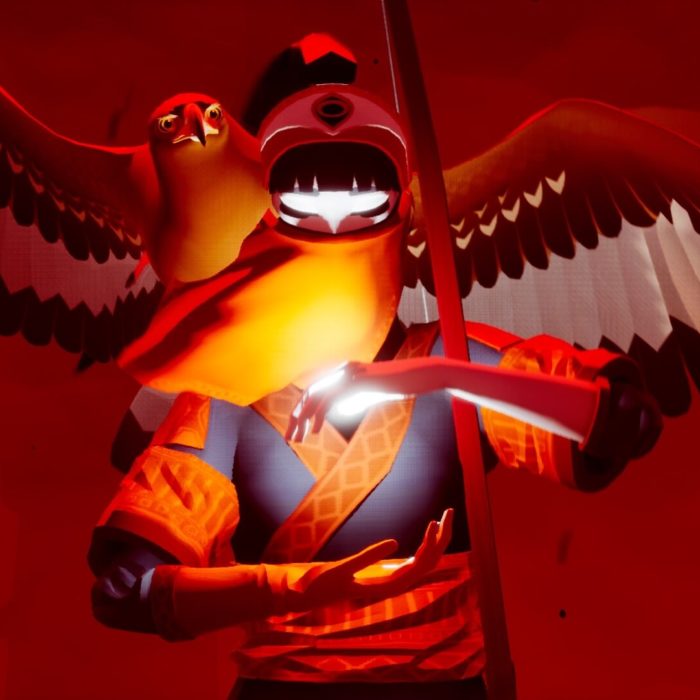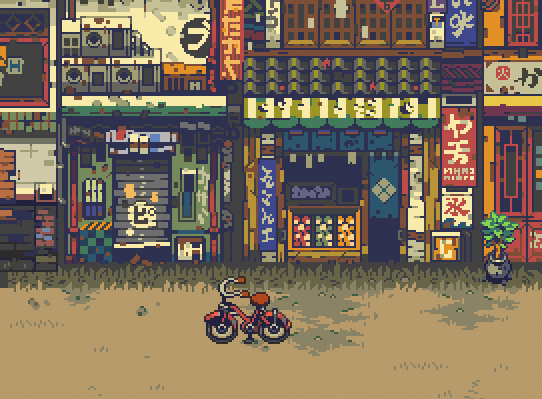

You’ll have to zoom into the panel-in-a-panel, complete a task, then back out to the original panel to complete a puzzle. Also: Romancing SaGa 2 Review – Keeping Up With the AvaloniansĪs you go on you’ll discover new panels inside of objects you find. A panel with a lamp might have to be lined up on top of a panel containing a star, which will then ignite the lamp.


Additionally, some panels will have transparent spots, which means you can place them on other panels to conjure an object into them. You may have the left part of a room in one panel, and have to place a panel containing the right side in the proper location to continue moving forward. Many of the puzzles in Gorogoa are solved by moving these panels into a specific arrangement. Each panel can have a piece of the world on it which you can move and interchange with the other panels at will. When starting the game, you’re presented with a set of 2×2 panels, like a comic strip or a photo album.
#Gorogoa reviews series#
The gameplay is reminiscent of titles like the Samarost series and Machinarium, but with a twist that makes it unique. It might be silly to find a story distracting, but I think being able to just enjoy the sights and sounds of the game without having to be too emotionally involved with the characters made the whole experience more relaxing. In a way, I think the lack of a very coherent story would have been detrimental in this game because the artwork and animation are what’s really appealing. I found that there’s plenty to love about Gorogoa even if the story is somewhat sketchy. A few years ago I would have found the whole thing too pretentious to enjoy, but I’ve learned just to appreciate what I can when it comes to these avant-garde games, and leave the rest alone. Also, the little boy might be part of the older men’s imaginations. There’s also what seems to be depressed and downtrodden older men scattered throughout the panels. It involves a young boy collecting five colored orbs to stop some sort of rainbow dragon. There is a story, though I didn’t 100% follow it.

Gorogoa doesn’t rely heavily on exposition to engage the player. In both you’re interacting to progress, letting the worlds unfurl in unexpected and wonderful directions, but where Chuchel is warmly comedic, Gorogoa is austere and elegant.Advertisement Abstract, But Not Pretentious In terms of its space in gaming, I’d put it as a counterpoint to something like Amanita’s upcoming surreal puzzle toybox, Chuchel. Gorogoa rewards your persistence with delightful elegant mechanisms. I know that Roberts felt a degree of challenge in finding hidden patterns in Gorogoa was important in creating the sense that they were indeed hidden patterns, but I get the sense that that wouldn’t have extended to outright frustration. The game is structured around seeing these connections in the world and frustration linked in an interesting way to moments I remember from undergraduate maths classes where you’d catch a glimpse of a universal connection within the abstracted fabric and then lose the thread. I was actually wondering whether frustration could form an interesting part of Gorogoa in a way that differs from the normal point and click/puzzle game frustration. None of them lasted long, but being able to flow through those segments of the story instead of butting my head against them is adding to the appeal of that second playthrough. I had moments where I simply couldn’t see a connection, or where I’d missed a vital way to change one tile and started to feel that rising tide of irritation.


 0 kommentar(er)
0 kommentar(er)
